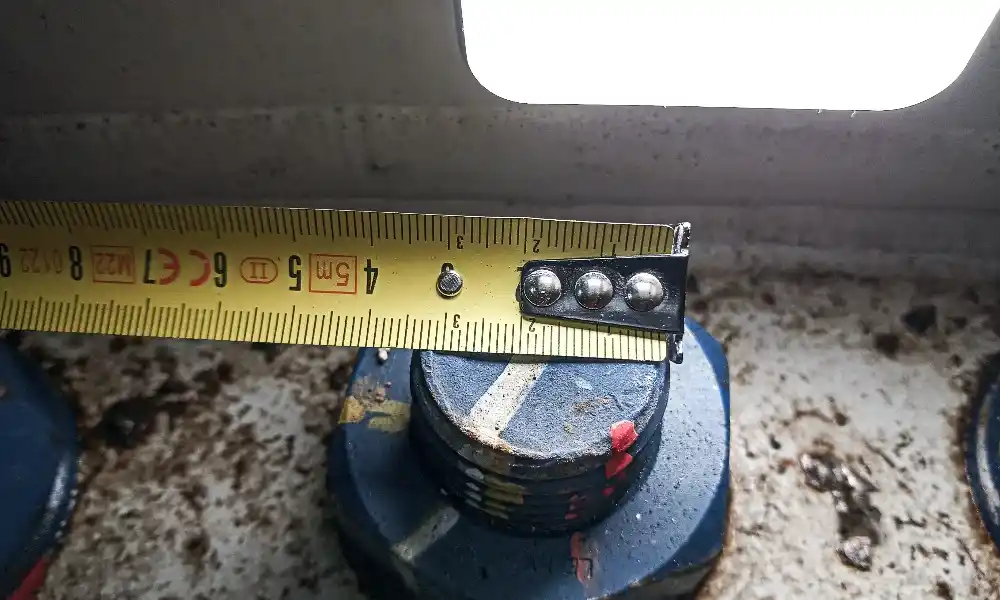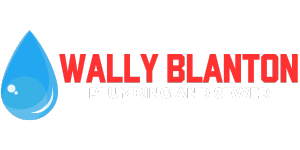
Installing a gas stove may seem like a straightforward task. However, one detail that can make or break the process is the size of the gas line. If you’re asking what size gas line for stove, you’re already on the right track. This decision affects the performance, safety, and efficiency of your appliance. Let’s explore the ins and outs of choosing the correct gas line size, including essential factors like BTU ratings, pipe materials, and local codes.
Why Gas Line Size Matters for Stove and Range Installations
Ensuring Safe and Efficient Appliance Performance
An appropriately sized gas line ensures your stove gets enough fuel to operate smoothly. The correct pressure and volume must reach the appliance consistently. Too much or too little can lead to weak flames, long cooking times, or dangerous leaks.
Risks of Undersized or Improper Gas Lines
Using a line that’s too small limits the flow of gas. That can cause the stove to underperform or shut down. Even worse, the appliance might draw air into the line, leading to incomplete combustion. This creates carbon monoxide, a serious health hazard.
Gas Supply Pressure and Appliance BTU Ratings
Your stove’s BTU (British Thermal Unit) rating tells you how much gas it needs. Combine this with the supply pressure to determine the correct pipe size. These two values are crucial in answering the question: what size gas line for range use is best?”
What Size Gas Line Is Typically Needed for a Stove?
Standard Gas Line Sizes for Residential Stoves
Most household stoves require a gas line between ½ inch and ¾ inch. In many homes, the ½-inch pipe is used for short runs. But longer distances or high-BTU models often need a ¾-inch line to avoid pressure drop.
BTU Output and Its Role in Pipe Sizing
Let’s say your stove puts out 65,000 BTUs. A ½-inch pipe might handle that over 10 feet, but beyond that, you’ll need a larger size. That’s where the furnace gas pipe size chart comes into play. It maps BTUs to pipe size and length.
Natural Gas vs. Propane Considerations
Natural gas flows differently from propane. Propane delivers more energy per unit, so it may need a smaller pipe. Still, consult your installer to choose the correct diameter for either fuel type.

Gas Line Sizing Guidelines for Ranges and Other Appliances
What Size Gas Line for a Range or Oven Combo?
A range that includes an oven usually requires more gas than a cooktop alone. In most cases, a ¾-inch line is ideal. This ensures the burners and oven heat up quickly and evenly.
Furnace Gas Pipe Size Chart for Multi-Appliance Installations
Here’s a simple sample from a furnace gas pipe size chart (based on natural gas at ½ PSI pressure):
|
Pipe Size |
Length (ft) |
BTU Capacity |
|
½ inch |
20 ft |
65,000 |
|
¾ inch |
40 ft |
135,000 |
|
1 inch |
100 ft |
275,000 |
This helps if you connect a gas line to range and other appliances like a furnace or dryer.
Using Length of Pipe and Appliance Load to Determine Sizing
Measure from the gas meter to the appliance. Then, total the BTU load of all devices using that line. Oversize the pipe if you’re unsure — it’s safer than risking a shortfall.
How to Calculate the Right Gas Line Size
Step 1: Identify Appliance BTU Ratings
Look at the stove’s manual or label. Note the total BTU rating, including burners and ovens.
Step 2: Measure Pipe Distance from Meter to Appliance
Longer runs mean more resistance and less pressure. This affects the pipe size you’ll need.
Step 3: Use a Pipe Sizing Chart (Include Sample Chart or Link)
Refer to a professional chart. Or check one from a reputable source like this example: Gas Pipe Sizing Table — it’s critical to get this right.
Step 4: Factor in Other Appliances on the Same Line
Don’t forget your water heater, furnace, or fireplace. Their BTUs also affect the required pipe size.
Materials Commonly Used for Gas Lines
Flexible Corrugated Stainless Steel Tubing (CSST)
Easy to install and bends around corners. However, CSST may need bonding, which is often more expensive.
Black Iron Pipe
The traditional choice. Durable, strong, and widely accepted. But it’s heavy and harder to work with.
Copper or PE Piping (Depending on Local Code)
Some areas allow copper or polyethylene. These materials are lightweight and corrosion-resistant. Always check your city’s plumbing code.
Installation and Safety Considerations
When to Hire a Licensed Plumber or Gas Fitter
If you’re unsure how to proceed, don’t wing it. Call a licensed pro. Mistakes with gas lines are no joke.
Local Building Codes and Permit Requirements
Most places require permits and inspections. Always follow the rules — it’s for your safety.
Importance of Pressure Testing and Leak Checks
Before using the stove, the line must be pressure-tested. This ensures there are no leaks. Skipping this step is risky and illegal in many areas.
Frequently Asked Questions
Can I connect a gas stove with a 1/2-inch gas line?
Yes, but only for short distances and low-BTU models. If in doubt, size up or check with a pro.
What happens if my gas line is too small for the appliance?
The appliance won’t get enough gas. This can lead to poor performance, flame-out, or carbon monoxide buildup.
Can I use the same line for multiple gas appliances?
Yes, but you must calculate the total BTU load. Make sure the pipe size supports all connected appliances.
Gas Fitting Services in Antioch and Surrounding Areas
Getting the right gas line to range installed is more than just connecting a pipe. It takes careful planning, code knowledge, and safety testing. Whether you’re wondering what size gas line for stove or exploring options for multi-appliance setups, expert help is essential.
But not everything can be fixed at home. If your disposal leaks, buzzes, or just won’t run, it may be time to call a pro.
Don’t guess. Call the pros. Let Wally Blanton get it done right—safely and efficiently.
